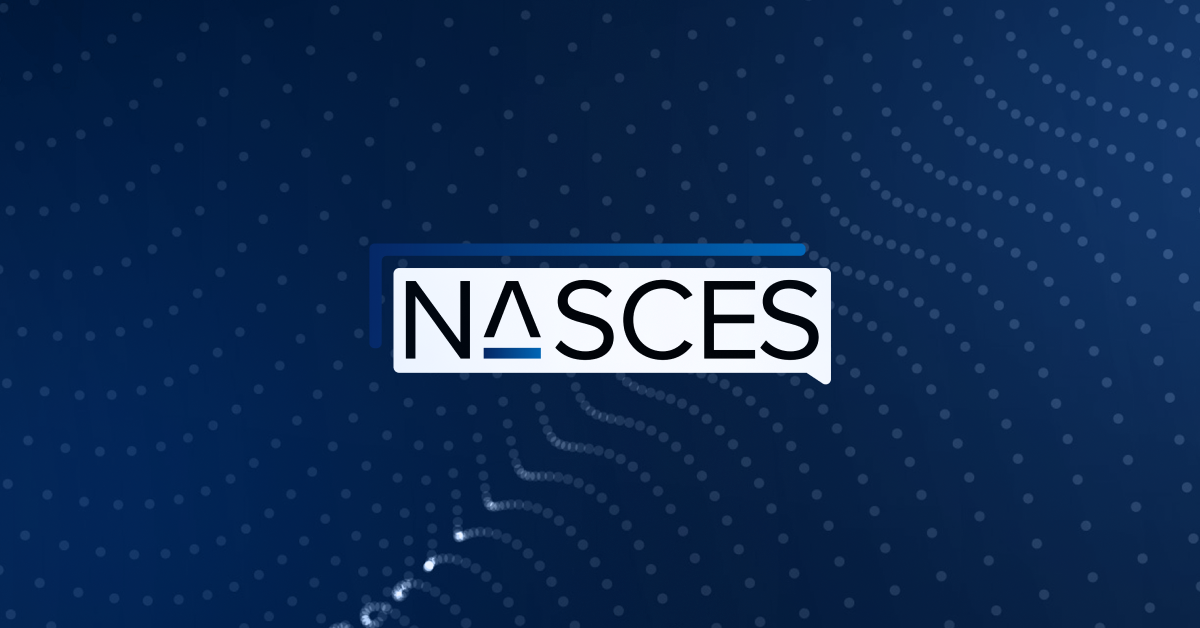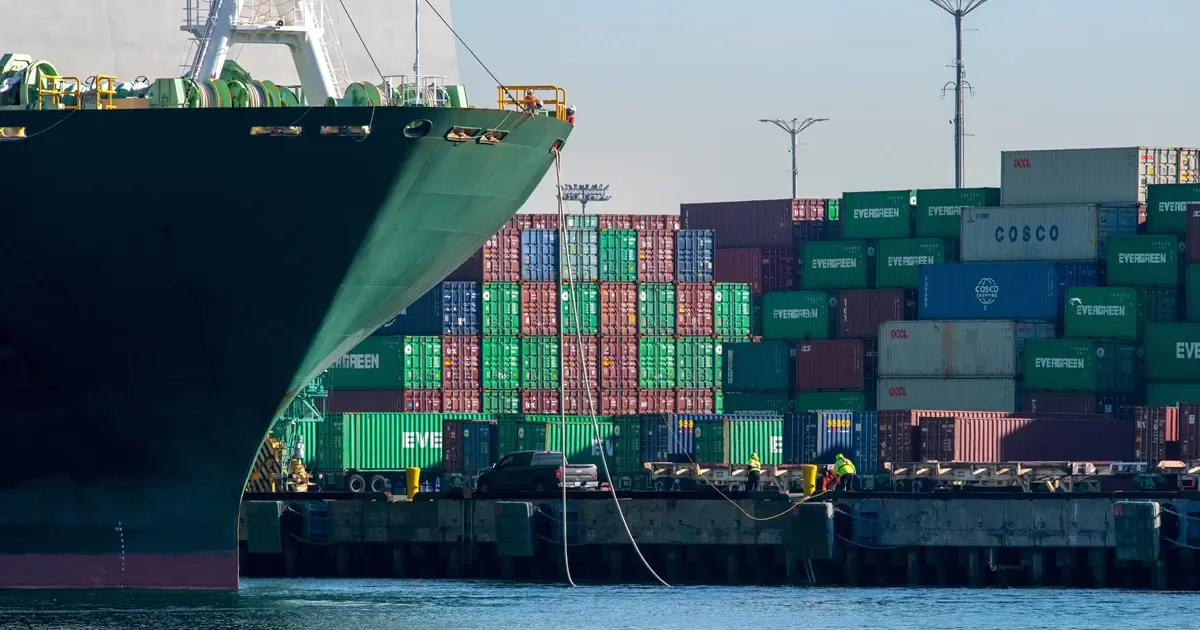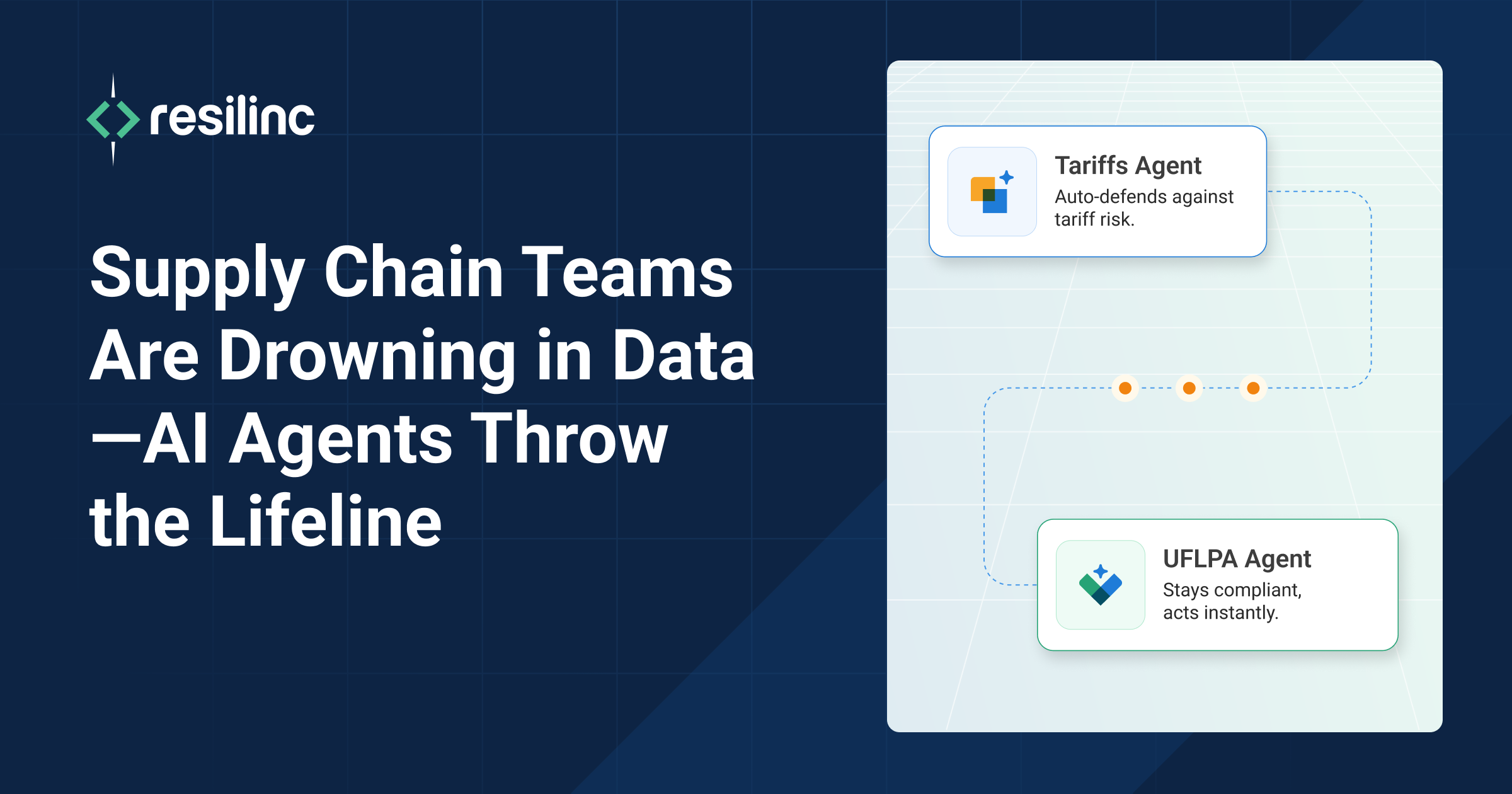The 2025 NASCES Conference brought together the industry’s most forward-looking supply chain minds under one truth: resilience must be operationalized, not theorized. From policy shifts and supplier complexity to AI adoption and automation, the conversations focused on how continuity, compliance, and cost efficiency can work in harmony, not conflict.
As a proud sponsor and exhibitor, Resilinc was front and center, delivering industry supply chain insights across live demos, and in-booth discussions showcasing how agentic supply chain resiliency is redefining how organizations monitor, respond to, and recover from disruptions.
Agentic AI moves from concept to action
This year marked a noticeable shift in how AI is perceived across supply chain organizations. The conversation moved beyond “What is AI?” to “How fast can we deploy this in our environment?”
At the Resilinc booth, attendees engaged directly with agentic systems that go beyond alerts. These intelligent agents prioritize disruptions, recommend mitigation strategies, and even launch workflows autonomously dramatically reducing the time it takes to respond and recover.
“Reports on risky vendors are helpful—but they don’t fight fires,” said one attendee during a booth conversation. “Agentic systems do.”
Rethinking cost and supply chain resilience
In one of the more well-attended sessions, speakers challenged the assumption that resilience must come at a premium. The consensus: trimming inventory or consolidating suppliers might look efficient on paper, but it’s often shortsighted.
Instead, organizations are exploring AI-powered mitigation strategies like scenario planning, alternate sourcing, and cost modeling that preserve service levels while managing disruption intelligently.
Compliance and risk need to converge
Resilinc also heard recurring concerns around siloed compliance programs, particularly in the context of forced labor laws, tariffs, and upcoming audits. Several attendees described the challenges of managing fragmented workflows across regulatory, sourcing, and risk teams.
The clear takeaway: compliance and risk must converge. There’s growing demand for solutions that integrate regulatory monitoring, supplier risk detection, and real-time remediation into a single, connected system.
Visibility must go beyond Tier 1
Another major theme was the shift in expectations around visibility. At the Resilinc booth, many conversations focused on the limitations of manual sub-tier data collection. In industries like automotive and manufacturing, multiple leaders described current approaches as “unsustainable and outdated.” Across the board, enterprises are seeking AI-enabled solutions that can dynamically validate unknown supplier relationships and simulate risk beyond Tier 1.
Industry supply chain insights from presenters
Two of the most impactful speaking sessions came from Bombardier and Eaton, who shared their perspectives on resilience in highly complex, regulated supply chains. Their insights reinforced a common thread throughout the event: real-world resiliency requires not only visibility and automation, but alignment across business functions.
Speed is the new standard
Whether the threat is geopolitical, environmental, or cyber-related, supply chain teams are increasingly evaluated on how quickly they can respond. The ability to detect an issue, assess its impact, and trigger mitigation within hours is becoming a new performance benchmark.
And speed doesn’t only apply to disruptions. Leaders also emphasized the need for faster, more integrated decision-making, powered by AI-driven systems that eliminate swivel-chair workflows.
Automation with human oversight
While automation and AI dominated conversations, attendees made it clear: platforms must still support human oversight, escalation paths, and auditability especially in regulated sectors. The most valued solutions were those that combine machine intelligence with human judgment.
Final thoughts
At NASCES 2025, one thing was clear: the future of supply chain resilience lies in intelligent orchestration, not static dashboards. With Resilinc’s agentic supply chain resiliency platform, organizations can gain a smarter, faster, and more connected way to manage risk, turning complexity into clarity, and disruption into opportunity.
Schedule a demo to see how Resilinc’s AI-powered agents can help your team anticipate risks, automate compliance, and respond with precision.




